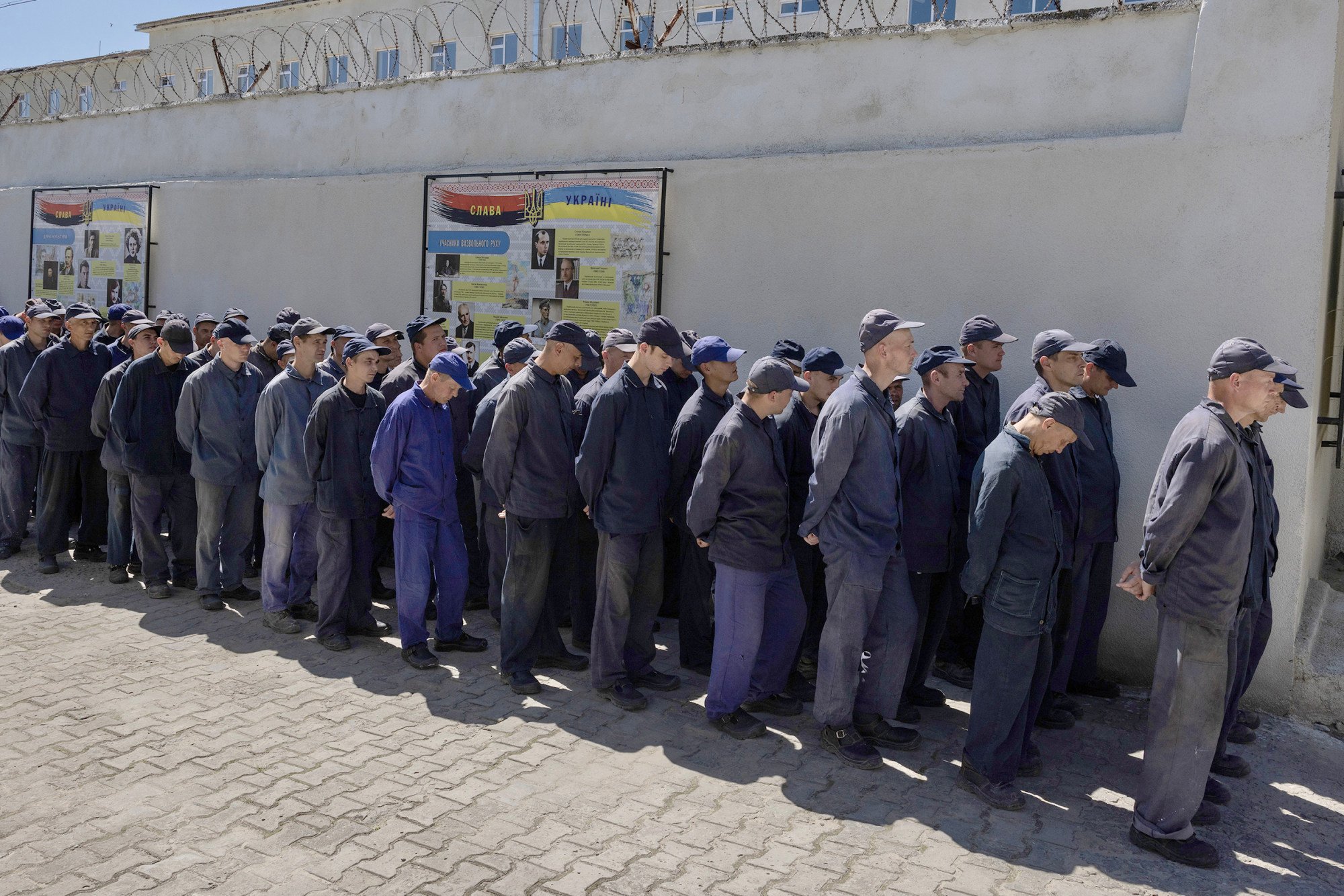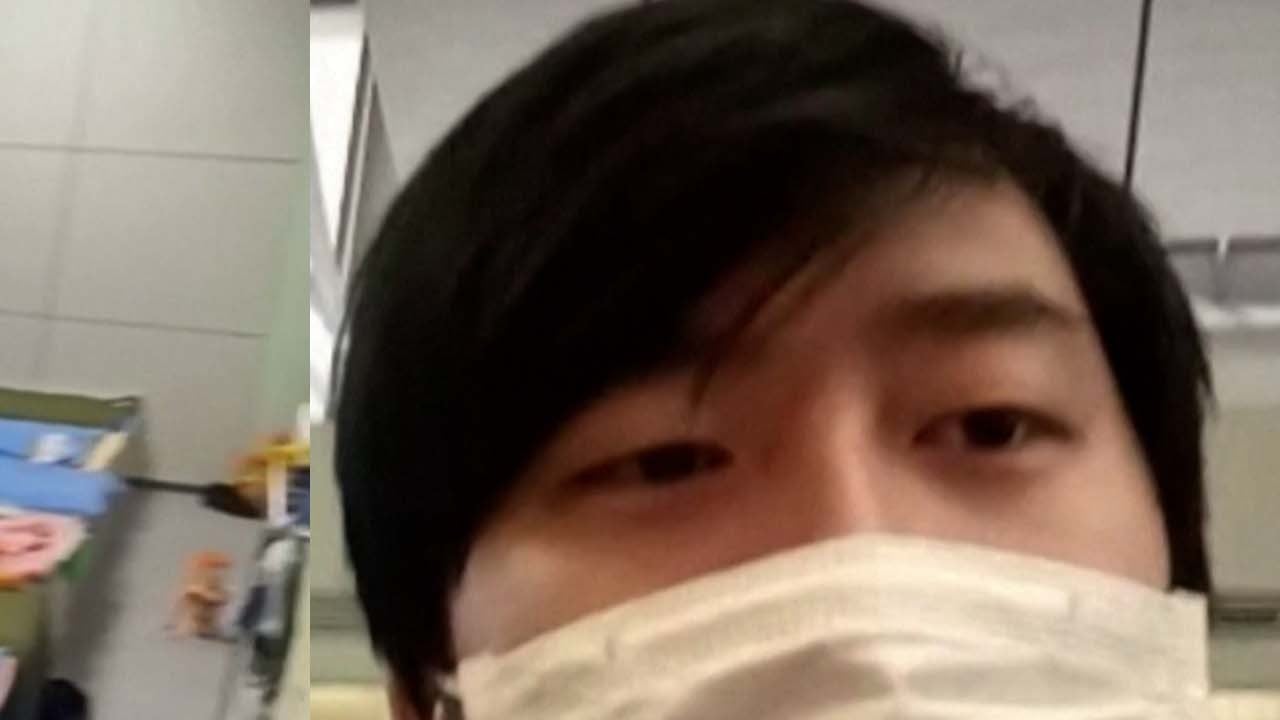In 2023, more than 5,000 Russian nationals submitted refugee applications, a fivefold increase from the previous year’s total of 1,038, said the report cited in the Korea Herald.
This surge nearly matches the total number of Russian asylum seekers recorded over 26 years, from 1994 to 2019.

Up to 1 million Russians had left the country, an Economist report stated in August 2023.
South Korea turns away yachts filled with Russians fleeing war call-up
South Korea turns away yachts filled with Russians fleeing war call-up
The men were granted the opportunity to enter South Korea, but the asylum-seeking process itself could take years, Agence France-Presse reported at the time.
The influx of asylum seekers isn’t limited to Russians alone. Last year, South Korea reported 18,838 refugee applications, marking a 63 per cent increase from the previous year. Nationals from Kazakhstan (2,094), China (1,282), Malaysia (1,205), and India (1,189) also contributed to the surge.
Russian applicants accounted for 30.5 per cent of the total appeals, Korea Bizwire reported.
The majority of asylum applications cited “political opinions” as the primary reason for seeking asylum, with 4,580 applicants objecting to conscription, 2,665 concerned about religious issues, 1,205 worried about their membership in specific social groups, 887 seeking to reunite with their families, and 719 citing racial factors.
Despite the surge in asylum applications, South Korea’s approval rate for refugee status remains low despite the rise in applications. Out of 5,950 cases evaluated last year, only 1.7 per cent – or 101 applicants – were granted refugee status.
The Organization for Economic Cooperation’s average approval rate is 24.8 per cent, making South Korea a particularly limiting country regarding asylum applications, the Korea Herald reported.


